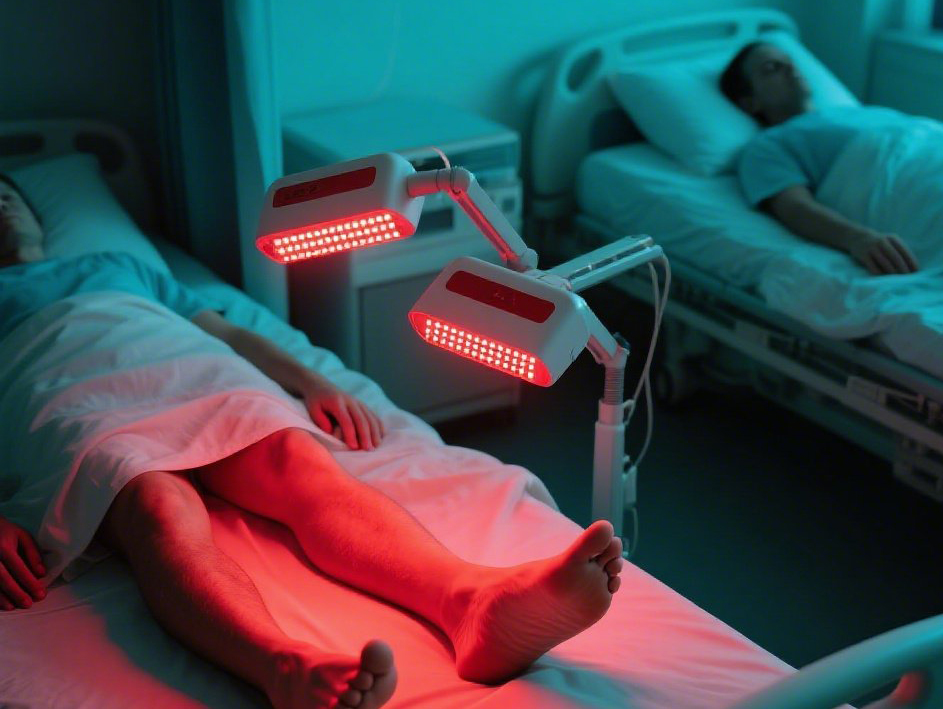Red light therapy (RLT), also known as low-level laser therapy (LLLT) or photobiomodulation, is a non-invasive treatment that uses specific wavelengths of red and near-infrared light to alleviate pain and promote healing. This therapy has gained popularity for its ability to reduce inflammation, improve circulation, and accelerate tissue repair without side effects. But how exactly does it work for pain relief?
1. Enhances Cellular Energy Production
Red and near-infrared light penetrates the skin and is absorbed by mitochondria, the energy-producing organelles in cells. This stimulates the production of adenosine triphosphate (ATP), the molecule that fuels cellular processes. Increased ATP levels enhance cell function, allowing damaged tissues to repair themselves more efficiently. This is particularly beneficial for reducing muscle soreness, joint pain, and chronic conditions like arthritis.
2. Reduces Inflammation
Inflammation is a major contributor to pain, especially in conditions like tendonitis, arthritis, or muscle injuries. Red light therapy helps by suppressing inflammatory cytokines and increasing anti-inflammatory mediators. Studies show that RLT can significantly lower swelling and pain in affected areas, making it a useful tool for post-injury recovery and autoimmune-related pain.
3. Improves Blood Circulation
The therapy promotes the release of nitric oxide, a molecule that dilates blood vessels and improves circulation. Better blood flow means more oxygen and nutrients are delivered to damaged tissues, while waste products are removed more efficiently. This accelerates healing and reduces stiffness and discomfort in muscles and joints.
4. Stimulates Collagen and Tissue Repair
For those with joint or connective tissue pain (e.g., osteoarthritis or ligament injuries), red light therapy encourages collagen synthesis, a key protein for tissue strength and elasticity. By promoting fibroblast activity, RLT helps repair tendons, ligaments, and cartilage, leading to long-term pain relief.
5. Modulates Pain Signals
RLT may influence nerve function by reducing the sensitivity of pain receptors. Some research suggests it can decrease the transmission of pain signals to the brain, providing relief for neuropathic pain (e.g., sciatica or diabetic neuropathy).
Conclusion
Red light therapy offers a drug-free, safe, and effective way to manage pain by targeting its root causes—cellular dysfunction, inflammation, poor circulation, and tissue damage. Whether used for acute injuries or chronic conditions, its ability to enhance natural healing processes makes it a promising option for pain relief.

